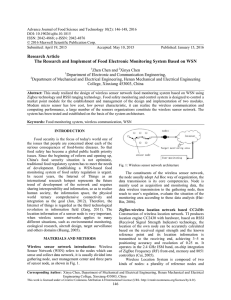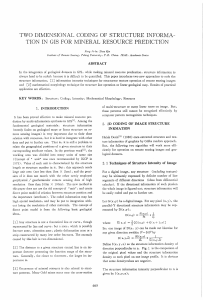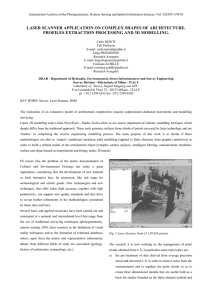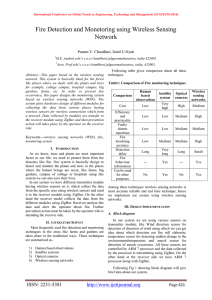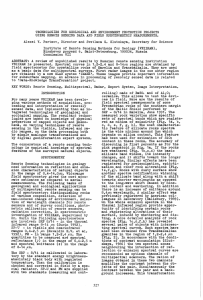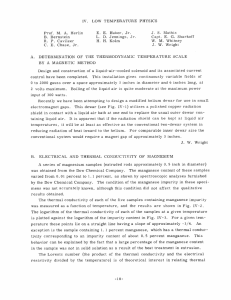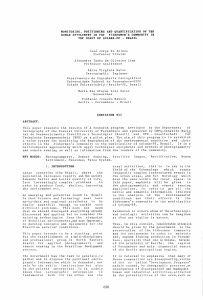Ultra‐Miniature Wireless Temperature Sensor for Thermal Medicine Applications
advertisement
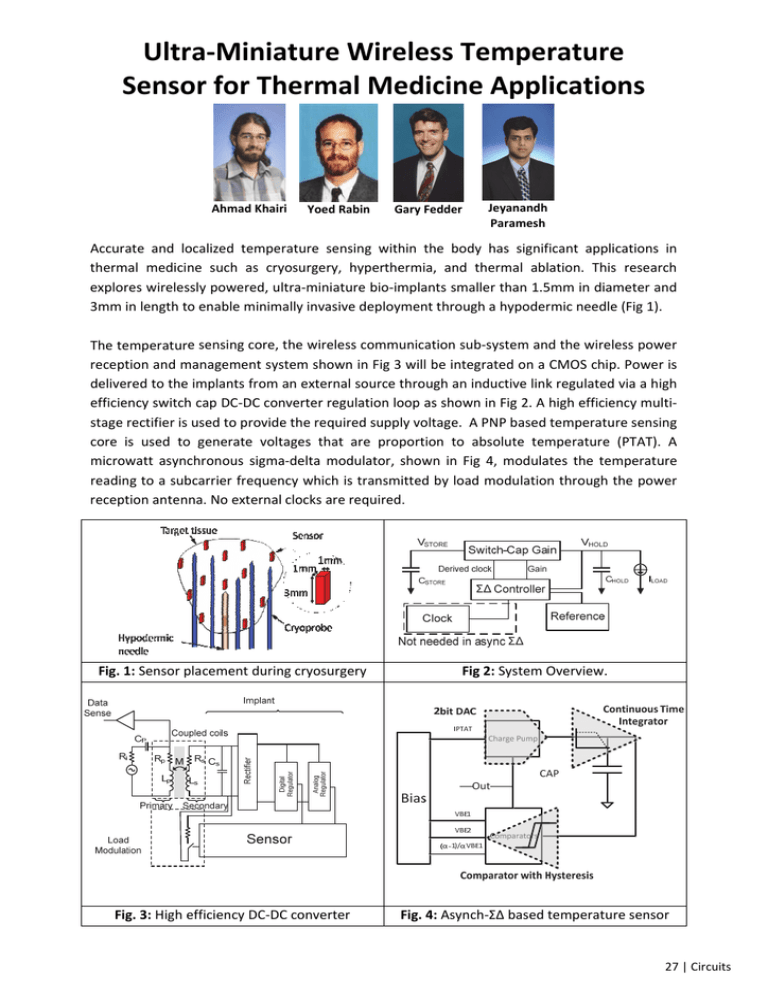
Ultra‐Miniature Wireless Temperature Sensor for Thermal Medicine Applications Ahmad Khairi Yoed Rabin Gary Fedder Jeyanandh Paramesh Accurate and localized temperature sensing within the body has significant applications in thermal medicine such as cryosurgery, hyperthermia, and thermal ablation. This research explores wirelessly powered, ultra‐miniature bio‐implants smaller than 1.5mm in diameter and 3mm in length to enable minimally invasive deployment through a hypodermic needle (Fig 1). The temperature sensing core, the wireless communication sub‐system and the wireless power reception and management system shown in Fig 3 will be integrated on a CMOS chip. Power is delivered to the implants from an external source through an inductive link regulated via a high efficiency switch cap DC‐DC converter regulation loop as shown in Fig 2. A high efficiency multi‐ stage rectifier is used to provide the required supply voltage. A PNP based temperature sensing core is used to generate voltages that are proportion to absolute temperature (PTAT). A microwatt asynchronous sigma‐delta modulator, shown in Fig 4, modulates the temperature reading to a subcarrier frequency which is transmitted by load modulation through the power reception antenna. No external clocks are required. Fig. 1: Sensor placement during cryosurgery Fig. 3: High efficiency DC‐DC converter Fig 2: System Overview. Fig. 4: Asynch‐ΣΔ based temperature sensor 27 | Circuits





